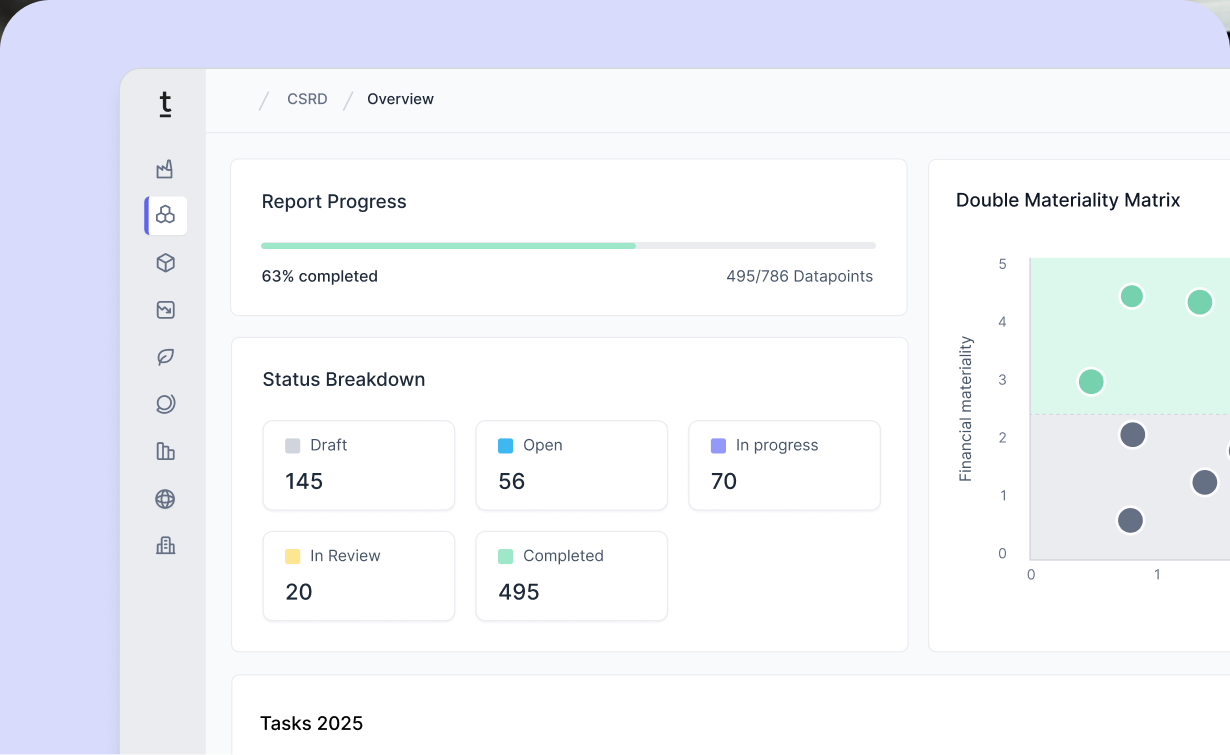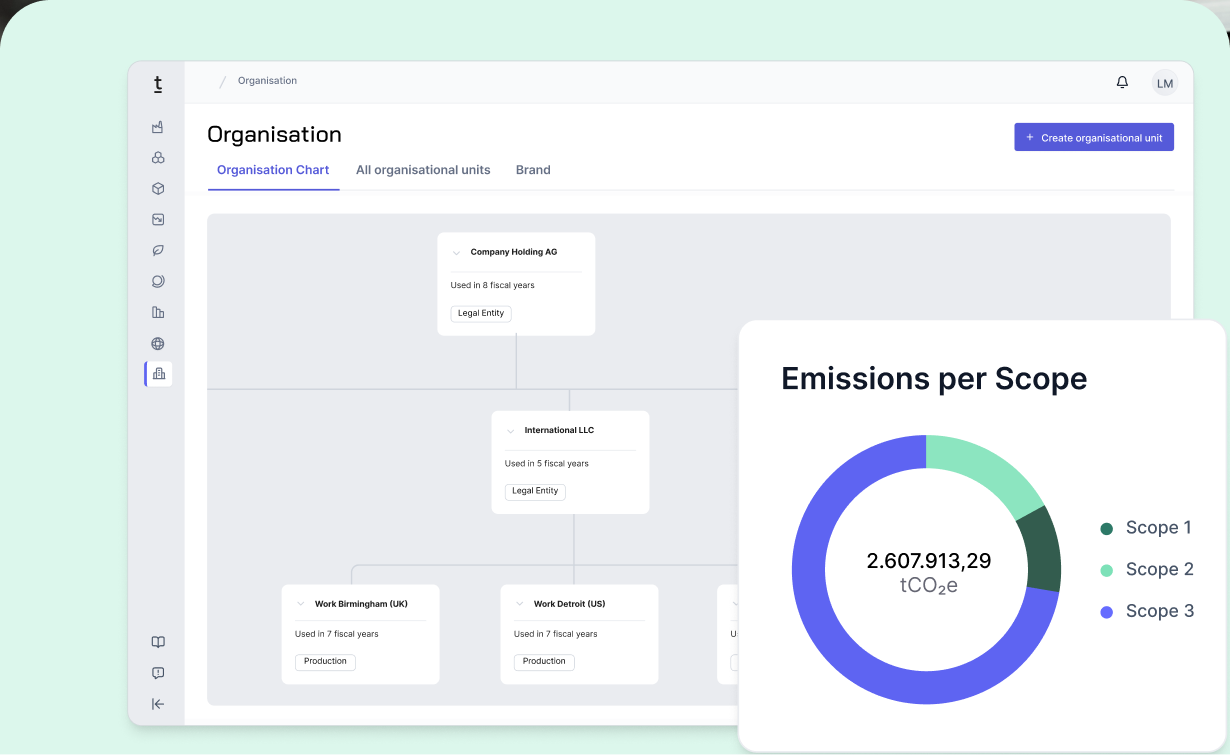VSME as an alternative to ESRS

Sustainability reporting requirements in Germany are evolving - due to the planned changes in the Omnibus package from February 2025, some companies will no longer be subject to the reporting obligations under the CSRD. However, the need for standardized ESG reporting remains - driven by supply chain requirements and stakeholder expectations. This is where the voluntary standard for small and medium-sized enterprises, VSME comes in: it provides a pragmatic framework that allows smaller companies to report relevant ESG data without having to meet the full scope of the European Sustainability Reporting Standards (ESRS).
What are the differences and similarities between ESRS and VSME? And which standard is best suited for which situation? This article highlights the key features of both approaches and explains why an "ESRS focus" can be a strategically valuable path for many companies - beyond regulatory obligations.

Commonalities between ESRS and VSME
The VSME standard and the European Sustainability Reporting Standards (ESRS) share several commonalities.
Both standards are structured around the classic ESG pillars - Environment, Social, and Governance - and organize their reporting requirements along these key sustainability dimensions. Their shared objective is to support companies in their sustainable transformation by providing a framework that makes sustainability-related progress measurable, comparable, and transparent. This enables companies to better understand and manage their impact on the environment and society.
Moreover, both the ESRS and VSME allow companies to withhold confidential information under certain conditions, particularly when disclosure could jeopardize sensitive business interests. At the same time, companies are free to disclose additional sustainability information that goes beyond the minimum requirements of the respective standard - if they deem it appropriate.
Another shared feature is the connection to financial reporting: Reports under both ESRS and VSME are ideally intended to link to the company’s financial statements, in order to highlight the interdependencies between sustainability performance and financial performance. Additionally, both standards require the sustainability report to refer to the same fiscal year as the financial report, which facilitates comparability across reporting periods.
Comparison of ESRS and VSME criteria

Why ESRS might be the better choice for companies
Due to the proposed changes in the Omnibus package from February 2025, many companies may no longer fall under the CSRD reporting obligation and therefore would no longer be required to report according to the ESRS. However, in some scenarios, it could still be strategically beneficial to continue reporting under the ESRS - perhaps in a reduced form, i.e., with an “ESRS focus.”
What the “ESRS Focus” means
A focus on the ESRS (i.e., the official standards under the CSRD) is valued by many stakeholders as a solid foundation - especially due to its structured and comparable data framework.
Nevertheless, it may happen that stakeholders request specific information that was not initially captured within the scope of the “ESRS focus.” In such cases, this approach offers flexibility: the company can selectively supplement relevant data points and thus respond directly to stakeholder interests.
Another advantage lies in the ability to control content. The “ESRS focus” allows companies to set their own priorities - ideally based on the expectations of their stakeholders. The result is a report that combines systematic comparability with company-specific emphasis. Even if not all topics are covered, an ESRS-based approach provides significantly more structure, transparency, relevance, and comparability than an unsystematic or absent report - particularly when stakeholders explicitly value ESRS compatibility.
ESG reporting with Tanso
Tanso continuously adapts to regulatory developments related to CSRD, ESRS, and the EU Taxonomy - quickly, flexibly, and proactively. With Tanso, companies can report in accordance with both VSME and ESRS. Foundations such as data point tagging for alignment with standards like GRI were established early on and are now being further developed in a targeted manner.















































.avif)







.jpg)
.jpg)




















-p-800.webp.avif)
-min-p-800.webp.avif)






-p-800.webp.avif)

